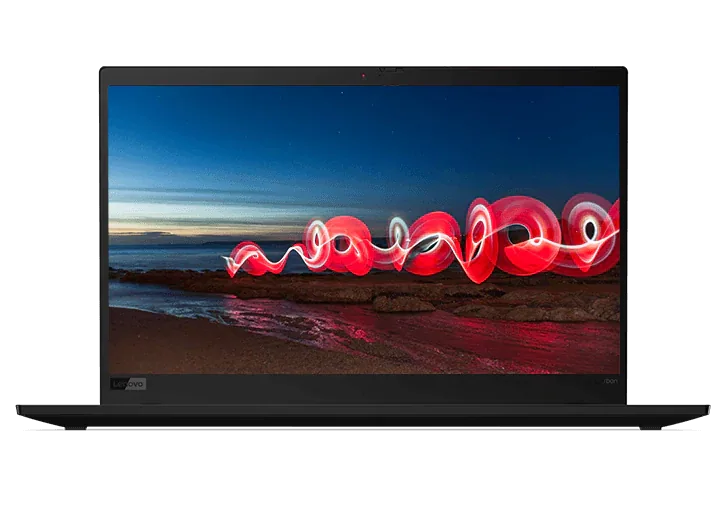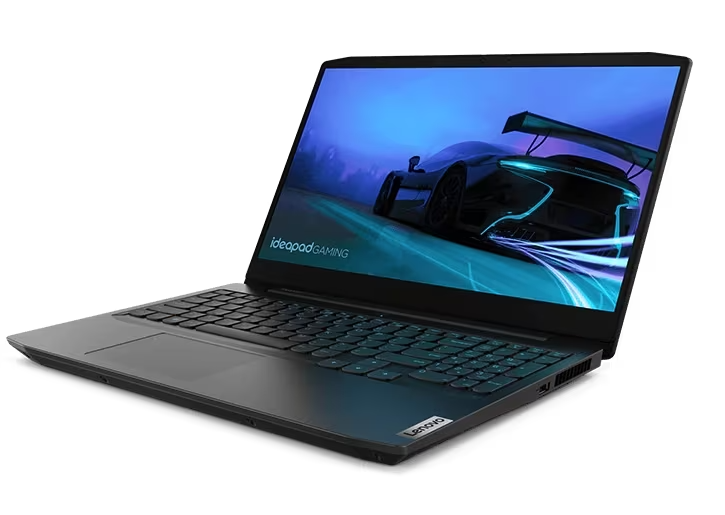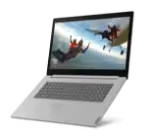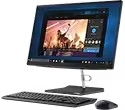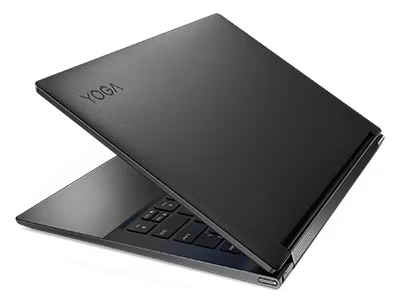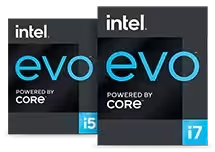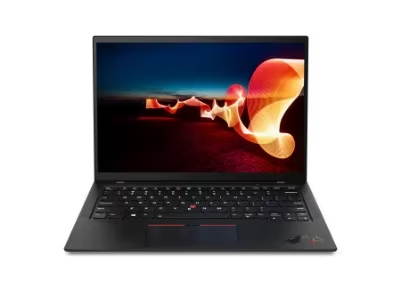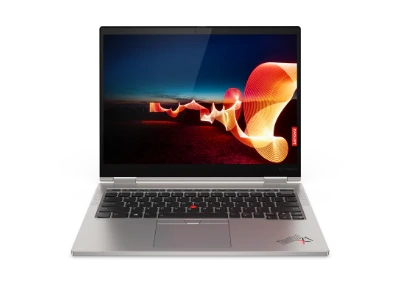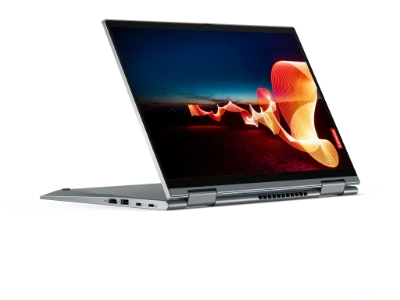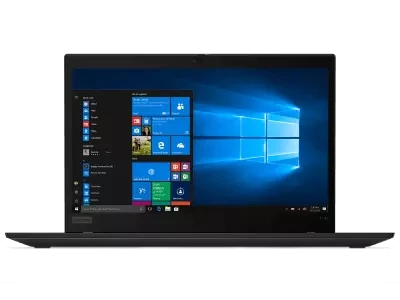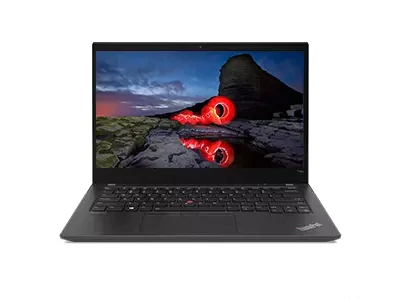Best Laptop for Game Development
Video game developers need premium hardware. I’m talkin’ best of the best. But that doesn’t mean the best laptop for game development has to be expensive; it just has to have the best specifications (though the two factors undoubtedly tend to correlate).
When working in game development, you need an elite, speedy processor, ample RAM, and a phenomenal discrete GPU (not an integrated GPU).
We’re here with an all-you-can-eat guide to the best laptops for game development. We’ll detail the bests, what factors you should consider, and what developers need in a laptop.
Ready to spawn?
The Best Laptop for Powerful Processing Speed
As you may have guessed, the processor is the most critical component of a laptop. Game developers need a computer with the power to run even the most powerful programs. While most casual users can get away with browsing the web on a netbook, you need a laptop with enough processing power to handle the demands of heavy development applications.
Game developers use a great deal of processor and graphics-intensive software, such as CAM and CAD. Therefore, the best laptop for game development also has the best processors and graphics cards and can effortlessly handle multiple, arduous tasks. The ideal processor has multiple cores and a computing power (or clock speed) of at least 3.5 GHz for game developers.
The Best Laptop for So. Much. Storage.
With cloud saving, having massive amounts of local storage isn’t as important as before – for the casual user. With game development, you’re working with huge files and massive projects that will eat up storage like PacMan eats cherries, so you want as much as you can get.
The SSD (solid-state drive) is the current favorite option for storage because it is lighter, more efficient, and faster than the traditional spinning HDDs (hard disk drives). SSDs are also quieter and more reliable than conventional HDDs.
Many game developers choose to use a dual drive, which is both an SSD and HDD and has improved speed and performance. It depends on how large your projects are. Beginner game developers probably won’t need a dual drive (yet).
The Best Laptop for the Greatest Graphics
Another top priority for game development is the graphics card, or the graphics processing unit (GPU). There are two options for a graphics card: a dedicated GPU, which is independent of the processor, or an integrated GPU, which the processor powers.
While the latest versions of integrated GPUs are pretty impressive and can handle their fair share, you will want a dedicated (or discrete) GPU as a game developer. Dedicated GPUs have their own RAM and don’t rely on the processor, making them faster and better for heavy graphical tasks.
The Best Laptop for RAM
As a game developer, you’re more than likely familiar with RAM already, but just in case: programs that you install on your computer use up RAM and need an ample amount of disk space to operate efficiently.
The best laptops for game development have an excellent processor with multiple cores, 2.4 GHz or more of computing power, and, at the very least, 16 GB of RAM. With all the heavy programs, most game developers prefer 32 GB to ensure tasks run smoothly.
The Best Laptop with Inputs All-Around
Game development means tons of toys (how could it not?). From additional monitors to graphics tablets to color calibration plugins, you need enough ports for all your game development accessories.
The best laptops for game development have all the basic ports, plus the extras you’ll need for development, with ports to spare.
The Best Laptop for All-Day Battery Life
You’re buying a laptop for a reason. You probably don’t want to be plugged into a wall all day. We don’t blame you.
The average battery life is anywhere from 1-5 hours, but it goes much higher, and you should never settle for anything less than 7 hours. The best laptops have at least 10+ hours of battery life. Running heavy programs will drain your battery life quickly, so it’s essential to find a workstation with enough battery life to last throughout the day.
Display Details
Working in game development requires a huge workspace (or screen real estate). Developers need enough room on their screens to run multiple programs and do numerous tasks at the same time to keep a steady workflow. Most developers like to use at least a 15-17” HD screen to ensure enough room for efficient multitasking.
You also need a beautiful display that can reproduce a vast spectrum of colors. The best laptop for game development has a display that accurately reproduces colors and contrasts. If not, your creations may not be represented correctly.
Factors to Consider
If you’re a game developer, you need to consider a few crucial factors before purchasing a new workstation.
Processor – Game development software needs a hefty machine with the best processor. The best processors for game developers have multiple cores and provide more than 3.5 GHz of computing power (clock speed).
RAM – The cloud makes storage a little less critical, but programs still rely on RAM for storage, so it’s essential to have enough to support your compute-intense programs. The absolute minimum is 8 GB, 16 GB is the standard, and 32 GB is used often by developers who work with big projects and many, many files.
Storage (SSD, HDD, and External drives) – The best laptop for game development has at least 256 GB SSD (solid-state drive), instead of the traditional spinning HDDs (hard disk drives), as the HDDs are heavier and have a slower boot-up speed. Many developers like to work with a 512 GB + SSD or even a dual drive with 256 GB SSD and 1 TB HDD to improve speed and performance.
Display – Game developers need a clear, large, high-resolution display that reproduces colors and contrasts correctly, with enough screen real estate to open windows side-by-side and multitask efficiently. Most developers favor 17” screens.
Graphics – Sorry, no cutting costs here. For game developers, an elite, dedicated graphics card is absolutely necessary. A dedicated GPU is a separate graphics card with its own RAM, whereas an integrated GPU is powered by the processor and isn’t as formidable. Look for workstations with the latest versions of graphics cards like NVIDIA or AMD.
Plenty of accessory ports – The ideal game developer’s laptop has enough ports to accommodate your accessories, plus extras for the necessities like a wireless mouse, VR headset, graphics tablet, and all the other fun stuff developers get to play with daily.
Wireless/Wi-Fi – In 2021, everyone needs lightning-fast Wi-Fi. With appointments, meetings, uploading your projects, and everything in between, you’re bound to need fast internet. The new IEEE standard is 802.11ac (5 GHz, up to 1300 Mbps), which is almost three times the previous standard (802.11n, up to 450 Mbps).
Long-lasting battery – Intense programs (like game development software) drain your battery quickly, but you still need a full day’s work. Look for a workstation with excellent battery life and optimized work mode. Remember: the rule of thumb is 7 hours of battery life or more.
Lightweight but sturdy – Maybe you won’t be traveling much, but you still need your workstation to handle its fair share of accidents. Make sure you get a laptop that is light but still built like a tank.
Webcam (and microphone) – Webcams are crucial for any workstation post-pandemic. Online meetings, appointments, and consultations all require a high-definition webcam that provides a clear, crisp video. A good microphone is a great, too, but most computer professionals prefer to use headsets, instead.
What Do Game Developers Need in a Laptop?
Sure, game developers need the best when it comes to processors and graphics cards, but what else do they need?
The best laptop for game development has everything you need for developing harrowing adventures:
- CPUs with multiple cores that can process even the beefiest game development programs with ease
- Dedicated GPU (not integrated GPU) because it is more powerful and faster with graphical computing tasks
- At least 512 GB SSD (solid-state drive) storage, though many professionals prefer a dual drive with 256 GB SSD and 1 TB HDD
- Large, high-resolution display that reproduces accurate colors and contrasts, 15-17”
- Plenty of accessory ports for smart devices
- Lightning-fast Wi-Fi to upload files - 802.11ac (5 GHz, up to 1300 Mbps), is the new IEEE standard, which is almost three times the previous standard
- Long-lasting battery of at least 7+ hours
- Lightweight yet durable to withstand inevitable accidents
- Webcam for online consulations and meetings
Many important factors go into building a laptop, and it’s not always easy to know which ones are the most relevant for you or your profession. That’s why we put together this guide for game developers to help you understand exactly what you need for the best laptop for game development.
The Lenovo P Series Mobile Workstations have unimaginable power, mind-blowing graphics, and insane RAM.
